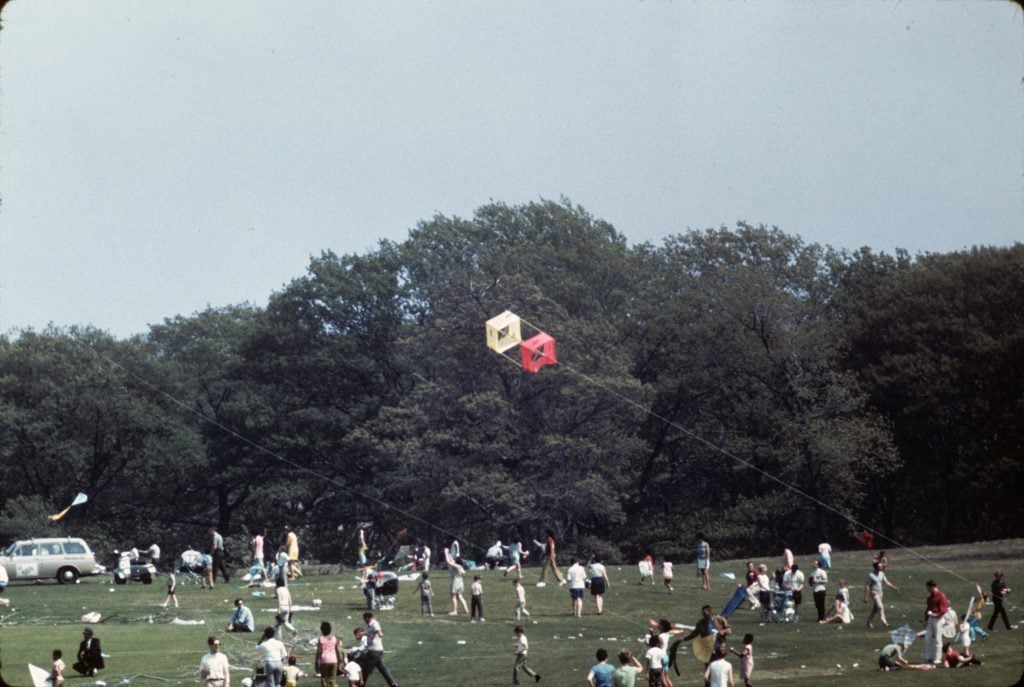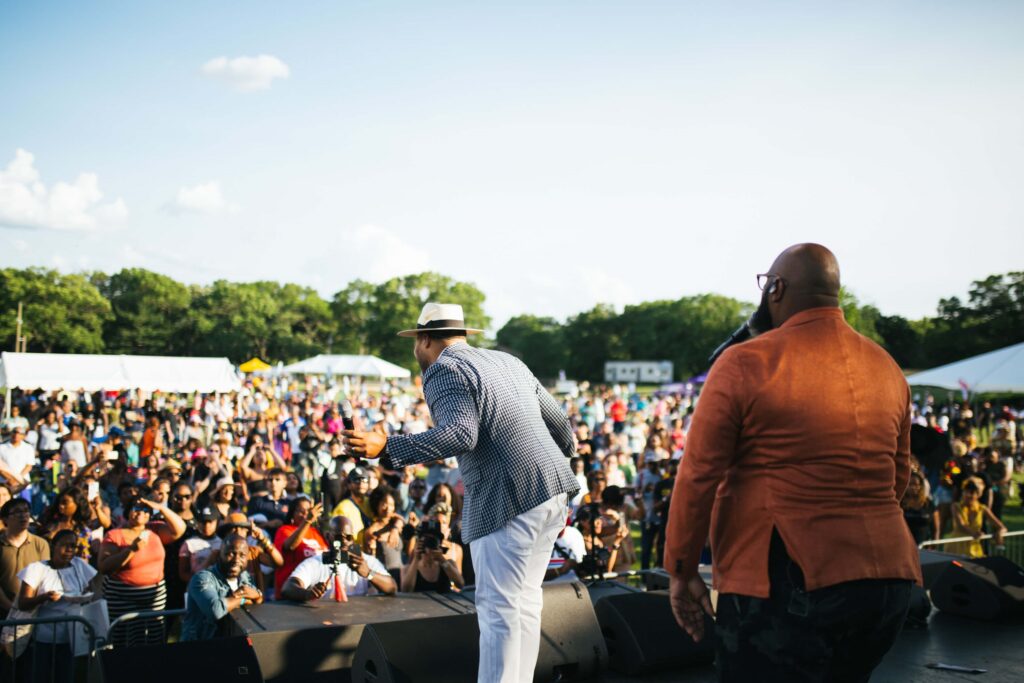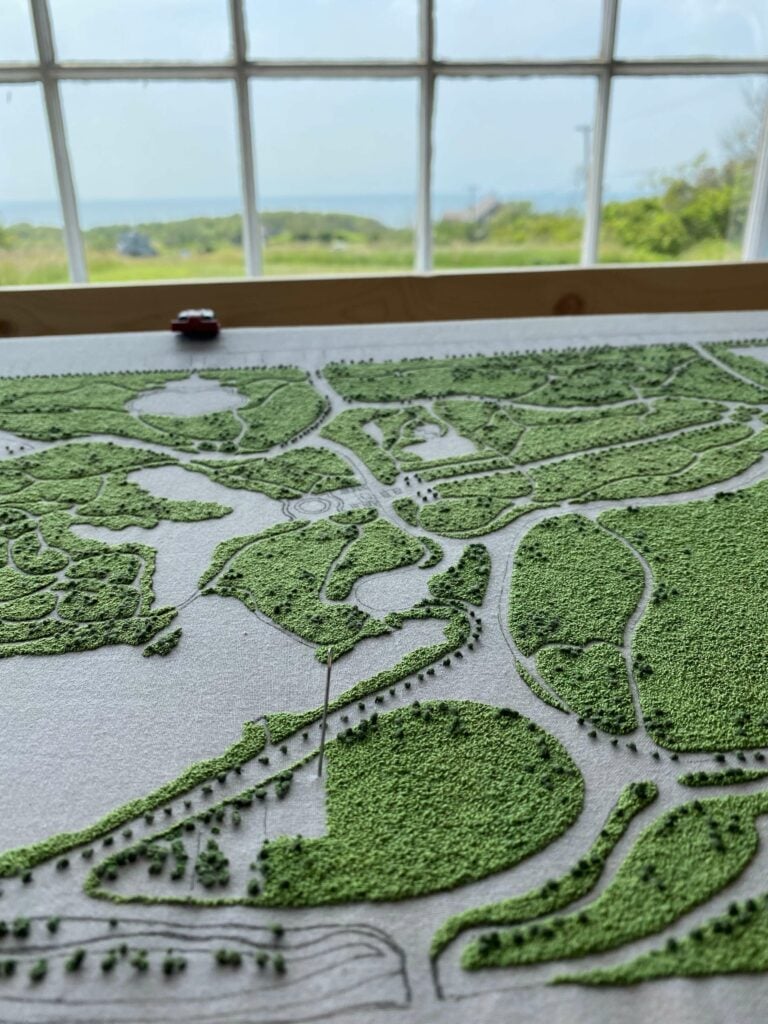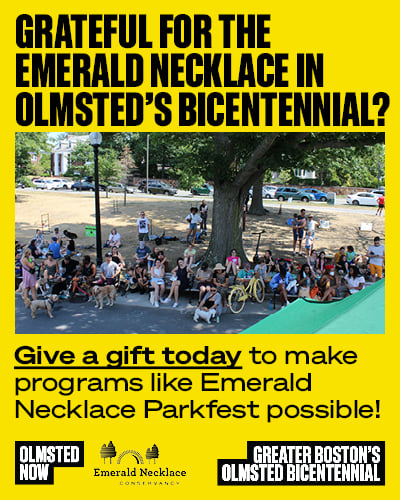A photo essay about Great Boston Kite Festival: How an event that started more than 50 years ago brought the entire city together for a shared experience around the craft of making and flying kites.
Kites are objects that are designed, crafted and used by people all over the world. Kites are a reflection of locally available materials, socially shared knowledge and local conditions of landscape, wind and space.
For more than 50 years, people of all ages have gathered in Franklin Park, Boston’s largest shared green space, on a Saturday in May to fly kites together. The first “Great Boston Kite Festival” was held on 17 May 1969 on the golf course at Franklin Park. Led by artist Clara Wainwright, a group of artists and designers calling themselves “The Committee for the Better Use of Air” worked to create opportunities for as many people as possible to engage in this shared experience through exhibitions, workshops and contests centered around kite making and kite flying.
I am a passionate kite flier and I am fascinated by the history of kite flying in the Boston area. I first learned about the Great Boston Kite Festival from a friend who remembered attending the fest in the early 1970s with a handmade kite with the word “impeach” on it. I’ve tried to learn as much as I can about this event through interviews and sifting through old newspaper articles and archives to try to understand more and the social and political context in which it was founded.
One of the things I love about kites is that they can be made out of free materials and flown in a wide variety of settings. Their potential as a form of creative expression and connection to people and the environment feels limitless. Of course, kite fliers don’t need to wait for a large festival to transform public space into a spectacular aerial craft exhibition! In fact, kite flying is an ideal activity for times when we have to remain physically distanced from one another. I hope that these images inspire you to make a kite and go fly it in a park near you!
Their potential as a form of creative expression and connection to people and the environment feels limitless
Part of what I admire about the Great Boston Kite Festival is that it brought so many people together in a time of intense racial and class division in Boston to share an experience based around the kite, which itself is part of many different cultures and traditions all around the world. But I cannot assume that all Bostonians experienced the event in the same way. In 2020, the murder of Ahmaud Arbery while jogging, the threat made to Christian Cooper’s life while birdwatching in Central Park and the rise in anti-Asian hate crimes reminded me to question my assumption‒as someone who has only experienced public space in a white body‒that parks and public spaces are welcoming places for all. While kite making and kite flying outdoors is free for anyone to enjoy, I hope, but can’t assume, that the experience is equally care-free for all.
This research was part of my practicum project for my MA in Critical Craft Studies at Warren Wilson College.
For further reading and to see more images of the Great Boston Kite Festival:
Darrah Bowden, “Structures of Aspiration: Kite Making and Kite Flying in the Northeastern United States” (Thesis, Swannanoa, North Carolina, Warren Wilson College, 2020).
Wainwright, Clara. “The Great Boston Kite Festival” Discourse: From the End of the Line, no. 16 (April 2014): 37–44.
Explore the online archive devoted to the work of Michael Sand, an exhibition designer and member of the “Committee for the Better Use of Air,” as well as the archive of photographer and festival attendee Nick DeWolf.
















